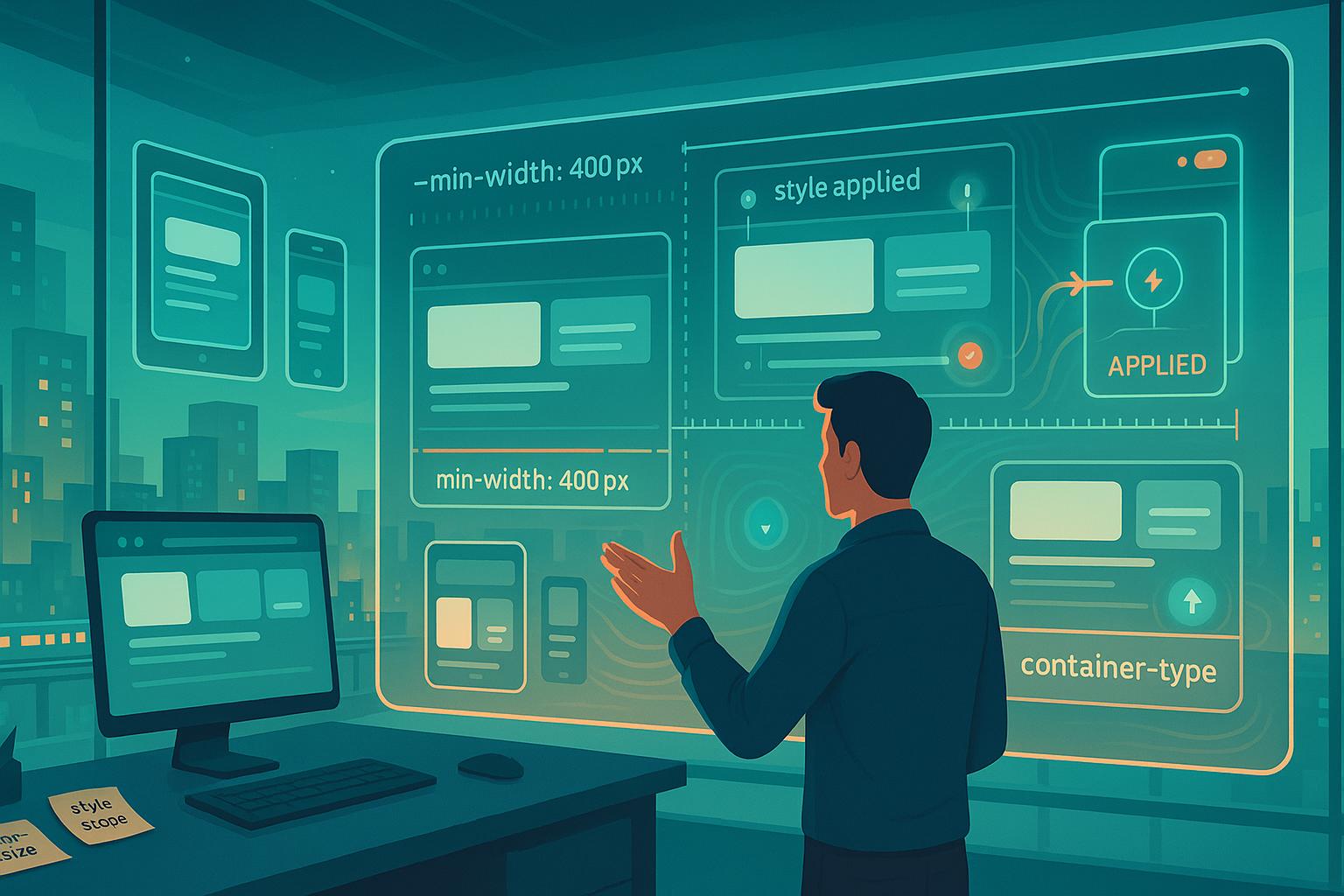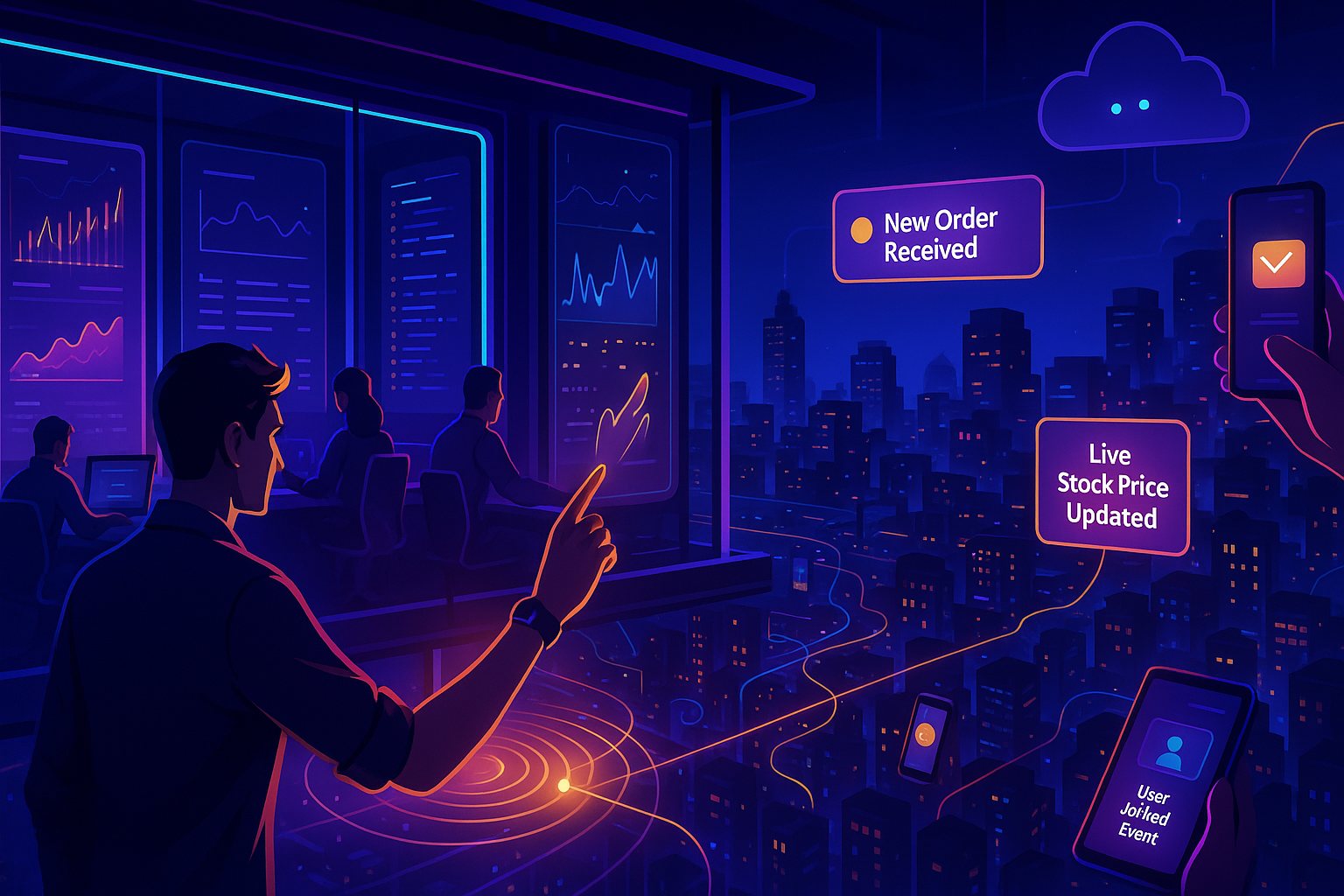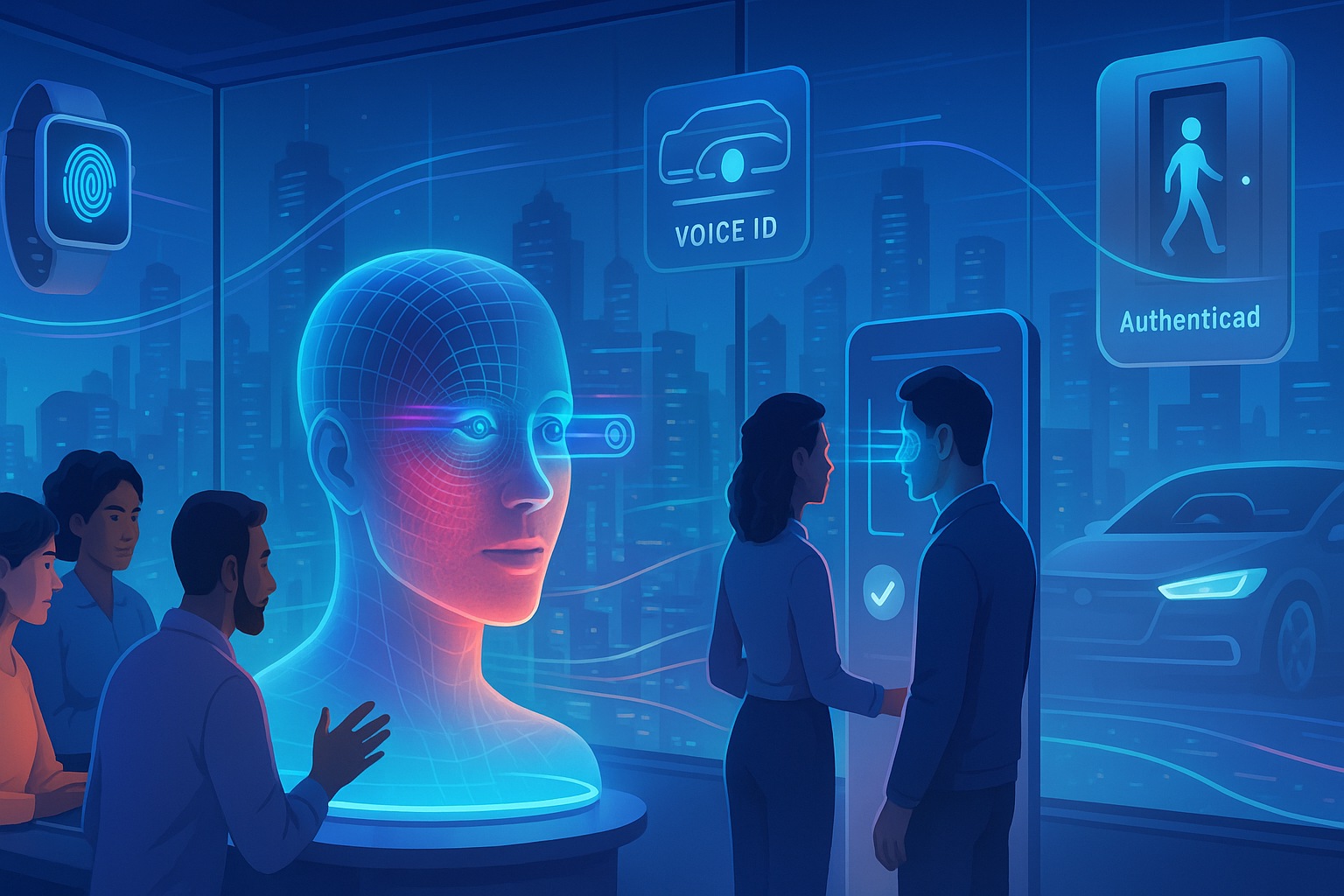Category: Uncategorized
-

Voice & Gesture Hybrid Interfaces: The Next Frontier in UX
User experience (UX) has always been about making technology feel natural. From the early days of command-line inputs to graphical user interfaces (GUIs), and then to touchscreens, each step aimed at removing friction between humans and machines. Today, we’re seeing a fascinating shift: combining the two most intuitive ways humans communicate—speech and body movement—into what’s…
-

Adaptive Contrast UI: Automatically Switching Themes Based on Ambient Light
The way we interact with apps and websites has evolved beyond simple aesthetics. Today’s users expect interfaces that not only look good but also adapt intelligently to their environment. One of the most interesting innovations in recent years is the adaptive contrast UI, a design approach that automatically switches between light and dark themes based…
-

Seamless Multi‑Device Journeys: Transitions from Mobile to Desktop
If you’ve ever started reading an article on your phone during your morning commute and then switched to finishing it on your laptop at work without losing your place, you’ve experienced the magic of a seamless multi-device journey. It’s a concept that’s gone from being a “nice-to-have” in tech products to an expectation for users.…
-

Gesture Navigation in Web Apps: Leveraging Touch and Motion for Delight
When we think about how people interact with web apps today, it’s hard not to notice how much touch and motion gestures have evolved. What used to be simple clicks and taps is now a rich vocabulary of swipes, pinches, drags, long-presses, and even multi-finger interactions. And it’s not just mobile anymore—gesture navigation in web…
-

Designing Accessible Forms: Error Messaging and Inline Validation Patterns
Designing forms is something every developer eventually has to face. Whether it’s a simple newsletter signup or a complex onboarding process for a healthcare application, the devil is in the details—especially when it comes to accessibility. One of the most overlooked areas? Error messages and inline validation. It’s not just about showing a red outline…
-

Mastering CSS Container Queries: A New Approach to Responsive Layouts
Responsive design has come a long way. From float-based layouts and media queries to Flexbox and Grid, every step brought us closer to truly flexible web design. But something was always missing. Media queries, while powerful, rely on the viewport—not the element. That means your components are still context-blind. Until now. Enter CSS container queries—a…
-

Designing for Event‑Driven Data: Real‑Time Notifications and Live Updates
In today’s web ecosystem, users expect information instantly. Whether it’s a stock ticker changing values in real time, a delivery status update on a mobile app, or a multiplayer game syncing across devices, real-time data has moved from a “nice to have” to an essential. That’s where designing for event-driven data becomes crucial. Real-time experiences…
-

Anatomy of a Perfect Card UI: Micro‑Layouts That Drive Engagement
If you’ve ever paused to admire a clean, elegant web page and thought, “Why does this feel so easy to use?” — chances are, cards played a big role in that experience. Card UI design has evolved into one of the most versatile and impactful patterns in digital interfaces. Whether you’re scrolling through an eCommerce…
-

Responsive Typography: Fluid Type Scales for Every Device
If you’ve ever opened a beautifully designed website on your phone, only to find the text oddly large or painfully small, you’ve already met the enemy of responsive typography. It’s that subtle—but critical—aspect of web design that determines whether people actually read your content or bounce within seconds. And in 2025, when users are flipping…
-

Designing for Biometric Authentication: Face ID and Beyond
The way we log into apps, access secure data, and unlock our devices has drastically evolved in the past decade. Passwords, once the gatekeepers of digital security, are slowly being replaced—or at least supported—by biometric authentication. From Face ID to fingerprint scanning, retina mapping to voice recognition, the focus is now on designing experiences that feel…